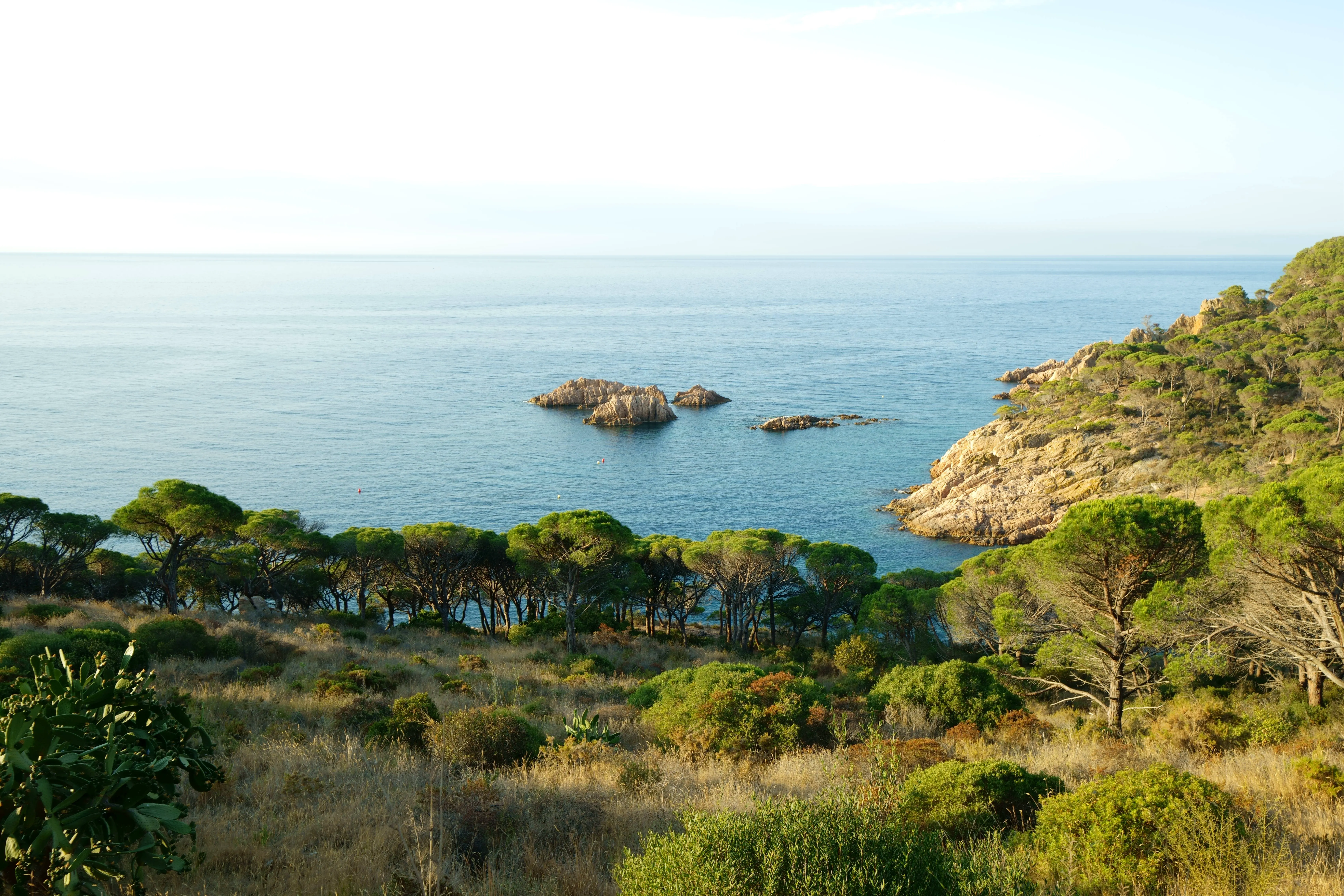
South Costa Brava Region Historic Past
An Intriguing Past
While it’s tough for historians to pinpoint the exact start to a region, archaeologists have unearthed sepulchres dating back to the Neolithic era in the Pinell region of Costa Brava. They’ve also discovered Mesolithic monuments like Dolmens and Menhirs.
The Iberians were early inhabitants of the Costa Brava area. This is a society that began around the 6th century BC. However, some historians believe that it could have started as early as the 5th century. It lasted until the 3rd millennium BC. The Iberian people lived in villages and used tribal organisation to maintain their society. Researchers have even found clues of a Greek civilization in Rosas. After the Iberian people died out or left, the Romans arrived in the province.
Christianity came to the region during the 4th and 5th century. When it did, Spain started reforms of Diocletian. Plagues decimated the number of people living in Costa Brava, and around 715, the Muslim Conquest overtook the area. During the 9th century, Carlomagno reclaimed the coast from the Muslims.
A Place for Leisure Time
The beaches situated along Catalonia’s coast were used by the locals for leisure time until the first world war. Before this major event, Cote d’ Azur was a popular place for people to visit while Costa Brava remained mainly undiscovered by travellers until the war. Following the Spanish Civil War, the country became less isolated. Because of the sunshine and the sea, people discovered that this part of Spain made for a nice destination.
Climate
Costa Brava has a typical Mediterranean climate, mild and temperate, characterised by hot, dry summers and moderately cold winters. The annual average temperature ranges from 7 to 28 °C, while the highest temperatures are recorded in the months of July and August.[10]
History
Until after the First World War, the beaches along the coast of Catalonia served for Sunday leisure pursuits for the local people, plus one or two from neighbouring villages. While world tourism had discovered the Côte d’Azur by that time, the Costa Brava remained unknown to it.
In the 1950s, the Costa Brava was identified by the Spanish government and local entrepreneurs as being suitable for substantial development as a holiday destination, mainly for package holiday tourists from Northern Europe and especially, the United Kingdom and France. The combination of a very good summer climate, nature, excellent beaches and a favourable foreign exchange rate was exploited by the construction of large numbers of hotels and apartments in such seaside resorts as Blanes, Tossa de Mar and Lloret de Mar. Tourism rapidly took over from fishing as the principal business of the area.
